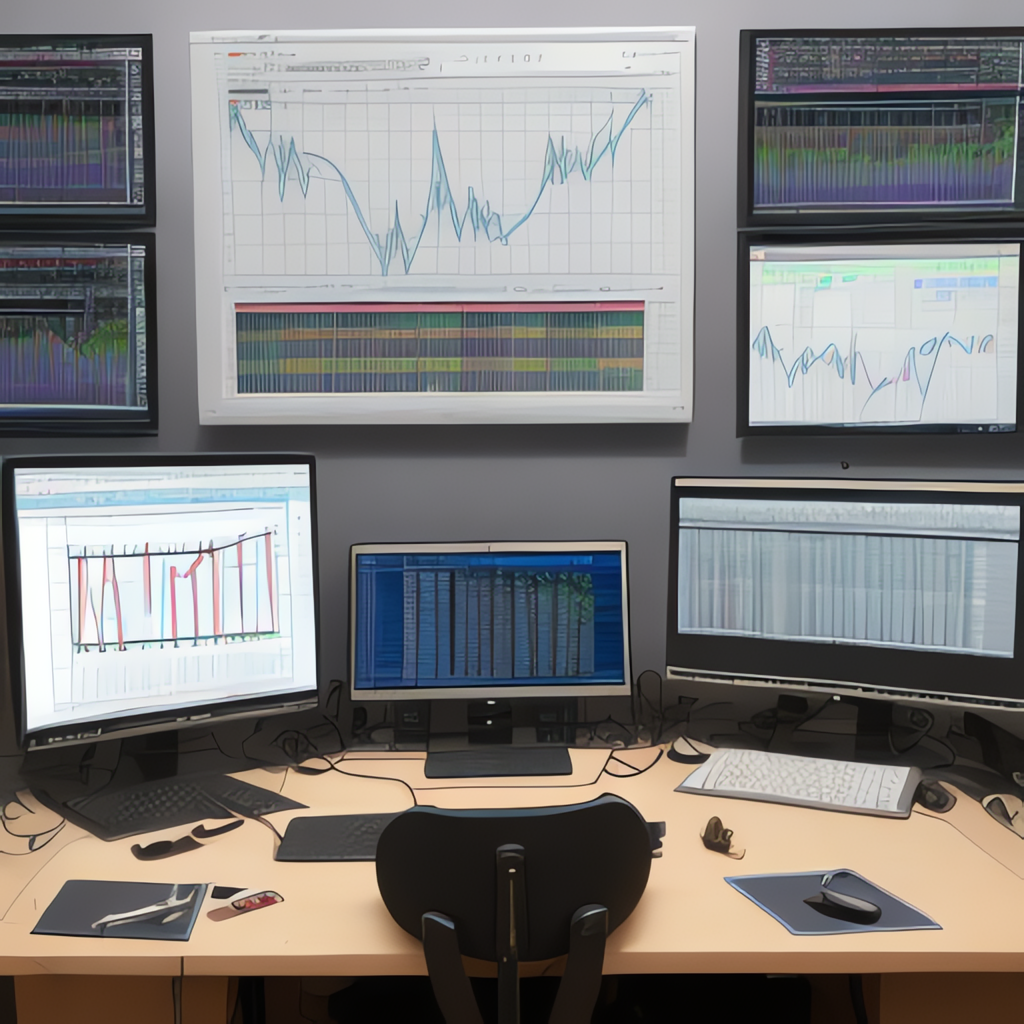Exploring the Diversity and Applications of Data Visualization Charts: From Bar Charts to Word Clouds
In today’s data-driven society, turning raw, complex data into understandable insights is instrumental for making informed decisions. One effective means of transforming data into accessible knowledge is through the use of data visualization charts. These are graphical representations that help in summarizing large data sets, highlighting trends, comparisons, and relationships in more digestible forms. The versatility of data visualization allows for a multitude of chart types that cater to different types of data and aims. In this article, we explore the diversity of data visualization charts, ranging from the simple bar chart to the highly detailed word cloud.
### 1. Bar Charts
Bar charts are a straightforward and effective way to compare quantities or frequencies across different categories. This chart type is particularly useful when there are a limited number of categories, making it easy to compare values at a glance. For instance, in a business setting, bar charts can be used to compare the sales of different products or the performance of various team members.
### 2. Line Charts
Line charts are ideal for displaying continuous data over time, making them perfect for spotting trends and patterns. They plot data points on a line, showing how values change over a specific time period or a sequence of measurements. In finance, line charts are commonly used to visualize stock prices, exchange rates, or economic indicators over months or years.
### 3. Pie Charts
Pie charts represent data as a circle divided into slices, each representing a proportion of the whole. They are particularly useful for displaying part-to-whole relationships, such as market share, budget allocations, or demographic breakdowns. However, it’s important to note that pie charts can sometimes be misleading due to the difficulty in comparing angles, making them less suitable for complex comparisons.
### 4. Scatter Plots
Scatter plots, by plotting points on a two-dimensional plane based on two variables, are perfect for spotting correlations and patterns in the data. They are especially beneficial in scientific research and statistical analysis. For example, a scatter plot could be used to determine if there is a relationship between temperature and energy consumption.
### 5. Heat Maps
Heat maps use colors to represent data values within a matrix, making it easier to identify trends or patterns in large data sets. They are particularly useful in data mining, where the aim is to analyze large amounts of data quickly. In the realm of web analytics, heat maps can help understand user behavior on a website, highlighting the most and least visited sections.
### 6. Area Charts
Similar to line charts, area charts add a shaded region to the line, which helps in emphasizing the magnitude of change over time. They are particularly useful in finance to show the cumulative effect of data or changes in values over time.
### 7. Bubble Charts
An extension of scatter plots, bubble charts incorporate a third variable by adjusting the size of the bubbles. They are useful for visualizing relationships in data sets with three dimensions, such as GDP, population, and internet users for various countries.
### 8. Tree Maps
Tree maps display hierarchical data using nested rectangles, which can help analyze the relative importance of categories. They are commonly used in IT infrastructure visualization, where the sizes of the rectangles directly correspond to the value they represent.
### 9. Word Clouds
Word clouds are a form of data visualization that uses text in a visual format, the size of the words representing their frequency or importance. They are particularly useful in representing text data, such as from user reviews or articles, to quickly identify the most common words, themes, or sentiments.
### Conclusion
As data becomes increasingly ubiquitous and complex, the role of data visualization becomes more critical in making sense of it. Charts like bar charts, pie charts, and scatter plots are foundational, offering versatile applications that have been instrumental in various fields. However, with the rise of big data, the demand for more sophisticated visualization tools such as word clouds, heat maps, and tree maps has grown, enabling detailed analysis and the extraction of deeper insights. By choosing the right visualization technique, we can transform data into meaningful insights, enhancing decision-making processes across a myriad of industries and disciplines.
